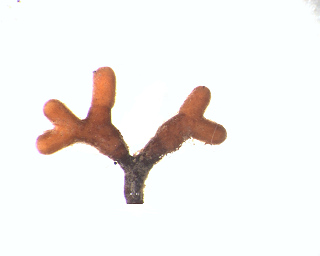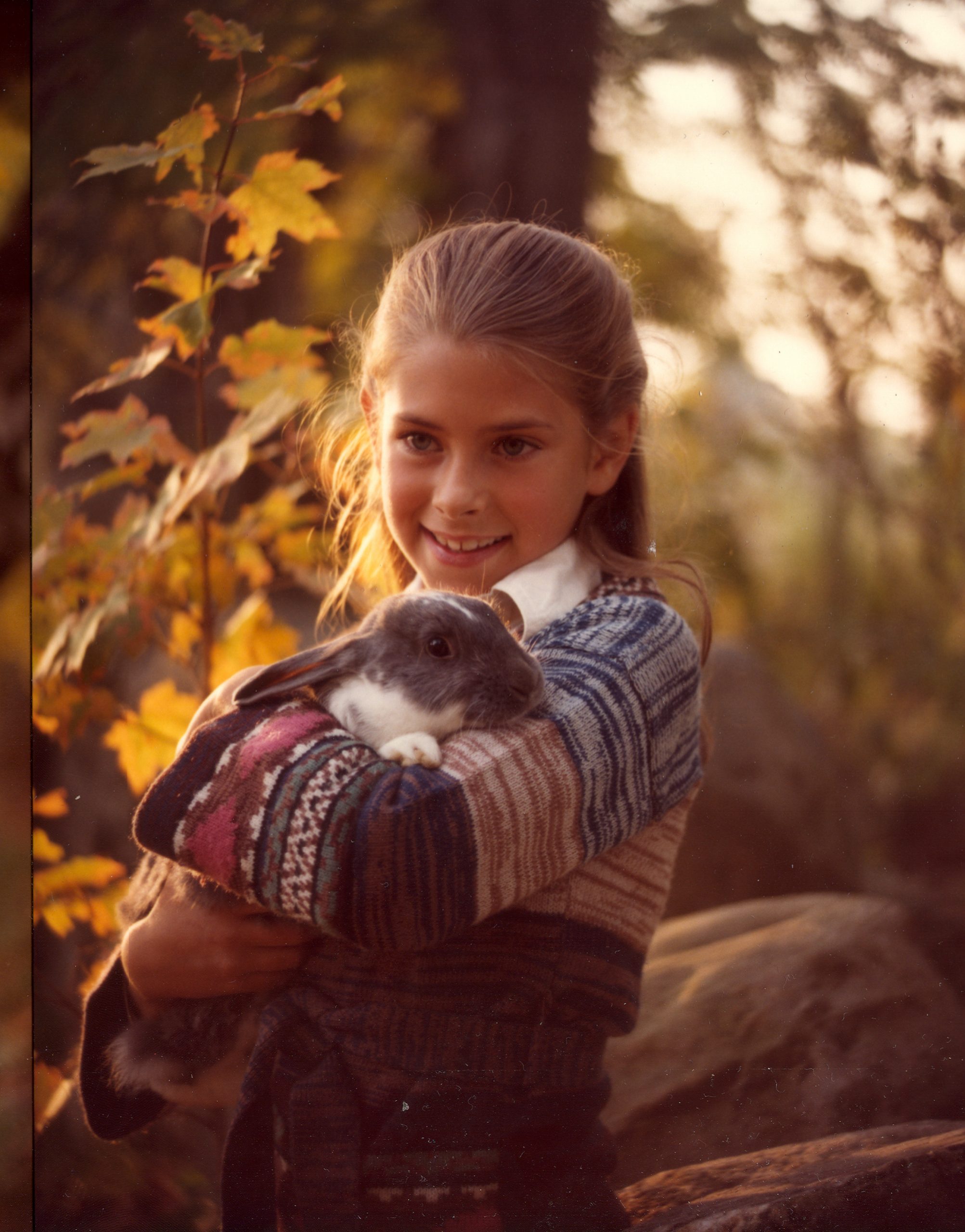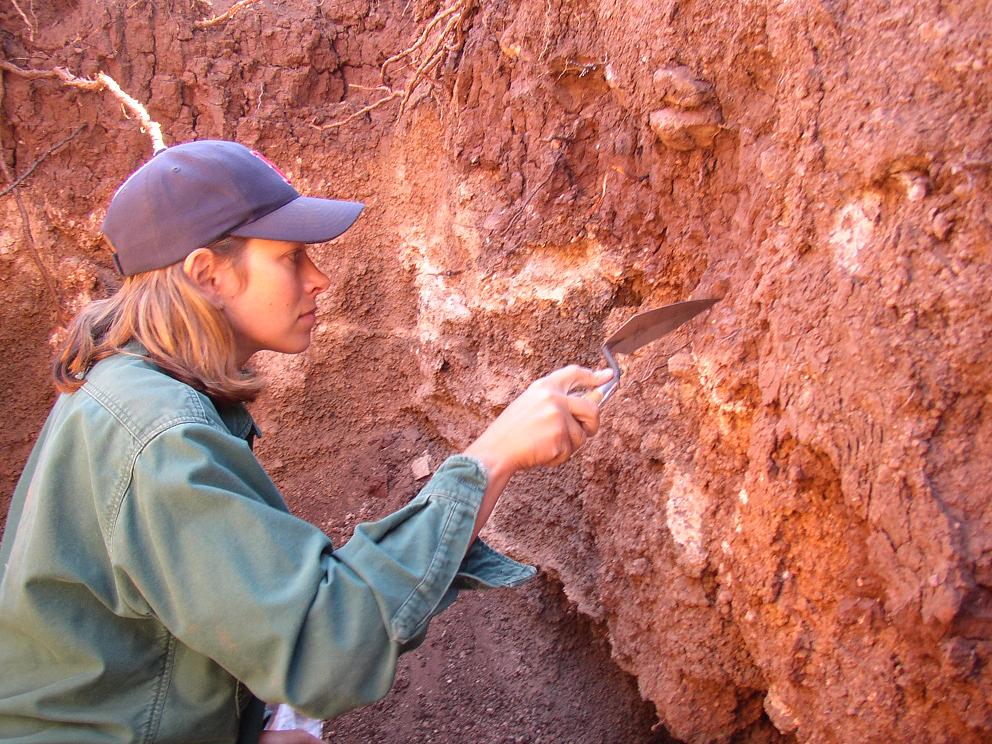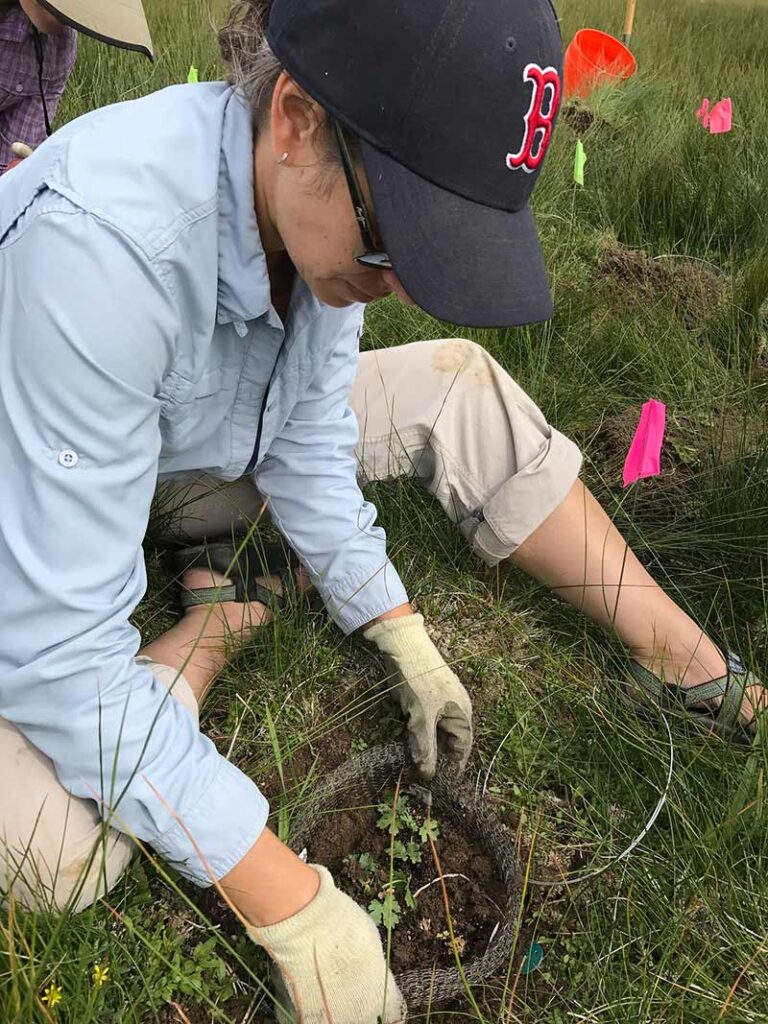
CONSERVATION CHAMPION
Kristin Haskins, Ph.D.,
Executive Director,
The Arboretum at Flagstaff
Some people just can’t help it, they are natural born leaders. In a group where a job has been laid out, they are the ones who cut to the chase, volunteer, and do an excellent job no matter the task. Such was the situation when the CPC network decided to write Plant Reintroduction in a Changing Climate: Perils and Promises. Dr. Kristin Haskins leapt at the chance to co-edit the volume, ensuring that we did not forget to include a chapter about the importance of mycorrhizae for establishing healthy plant populations. Her great enthusiasm, exceptional writing and editing skills, and great determination to help others learn about applications of science to plant conservation proved invaluable to that book. For her continued unwavering leadership in plant conservation, we are happy to honor Dr. Haskins as the May 2020 Conservation Champion.
When did you first fall in love with plants?
I was a late bloomer when it came to loving plants. Pun intended. Although I have always been fascinated with nature, my first love was with the animal kingdom. It wasn’t until after I finished my Master’s degree at the University of Kentucky that I fell in love with plants and their fungal partners.
What was your path to becoming the Executive Director at The Arboretum?
After ten years in Kentucky, where I received my Bachelor’s and Master’s degrees in biology and animal behavior, respectively, I ended up working for The Nature Conservancy for a summer conducting plant surveys under powerlines. My budding interest in the plant kingdom inspired me to take more classes – this time in the field of forestry. It was in a dendrology class that I discovered the amazing relationship between plants and fungi called mycorrhizae. From here, I knew that I wanted to pursue a Ph.D. in plant ecology with an emphasis in mycorrhizal ecology, and this path lead me to Flagstaff and Northern Arizona University (NAU). I completed my Ph.D. degree at NAU in 2003, did a three-year post-doc, and found myself firmly rooted in Flagstaff and looking for work. The position at The Arboretum at Flagstaff opened up in 2006, I applied, and I have been here ever since then. My passion for The Arboretum and conservation work stems from my love of teaching something useful to others and applying research to saving plants.
Why do you believe it’s important, from a conservation point of view, to study mycorrhizal ecology?
Over 95% of known plant species in the world form mycorrhizal relationships of one type or another, so to not study this incredibly important relationship would represent a massive blight on our understanding of how plants interact with their environment. Besides, mycorrhizal fungi are really cool.

What has surprised you about studying these plant-fungi relationships?
Admittedly, I do not get to study mycorrhizal fungi and their plant partners the way I used to when I was a student, but something that I have always found fascinating is how these soil-borne fungi expand the connectivity of plants to their soil environment and beyond! Studies comparing individuals with and without their mycorrhizal fungal partners have revealed complex herbivore and pathogen interactions above and below ground, all impacted by the presence or absence of mycorrhizal fungi. And that is just the tip of the proverbial iceberg.
What current projects or approaches in plant research or conservation excite you most?
Life in the arid Southwest, be it animal, plant or fungal-based, is critically dependent on water. Some of the Southwest’s most endangered plants suffer from climate change impacts, such as extended and intensified drought, often leading to habitat loss and conversion. I have always been a huge fan of applied research, particularly when it comes to ways we can incorporate fungi into soil conservation. A friend and colleague of mine in the School of Forestry at NAU, Dr. Matthew Bowker, studies soil biocrusts, communities of living organisms (fungi, algae, bacteria, etc.) that form a crust on the surface of soils which, among many things, helps to keep the soil in place. Dr. Bowker’s laboratory group is researching ways in which soil biocrusts can be grown and applied to disturbed habitats to conserve the soil, and by doing so, conserve the plants that struggle to live there. To me, that is pretty darn exciting! Check out Dr. Bowker’s Research.
-

Kris at age 10, with a love for nature already instilled. She would turn from bunny hugger to tree hugger with time. -

Kris doing graduate work collecting root samples along a soil depth gradient. -

Kris helping The Arboretum team reintroduce the rare Autumn buttercup (Ranunculus aestivalis) in Utah. Just one of the ways The Arboretum works to save plants.